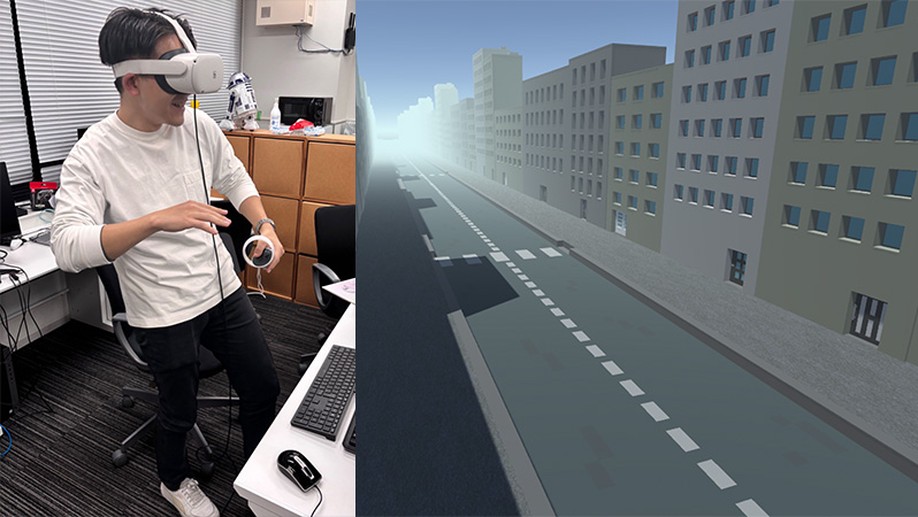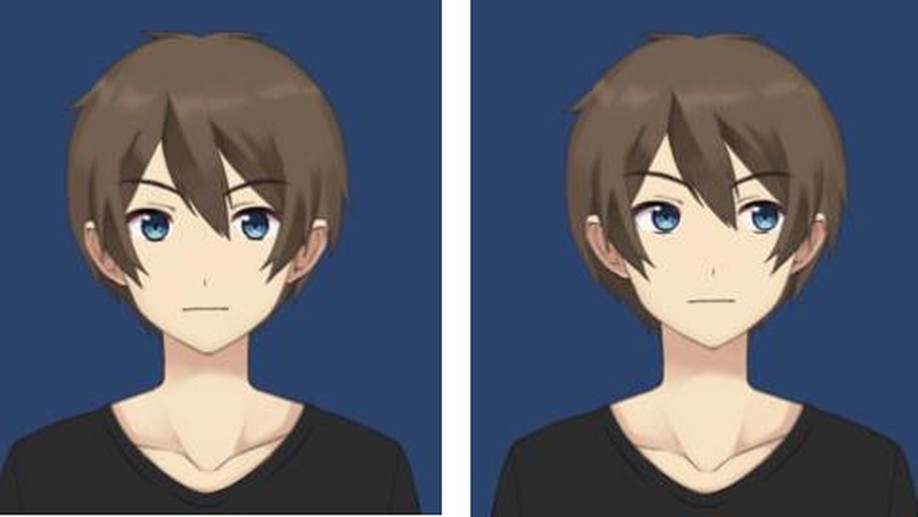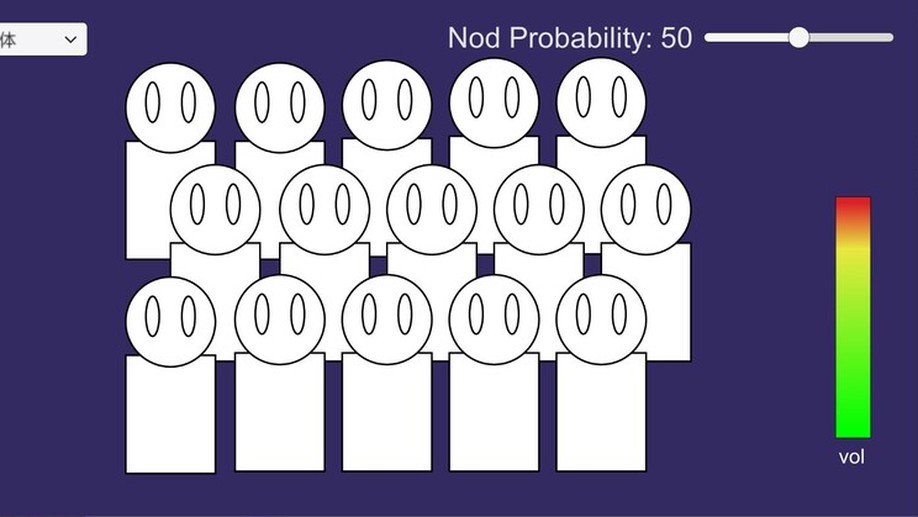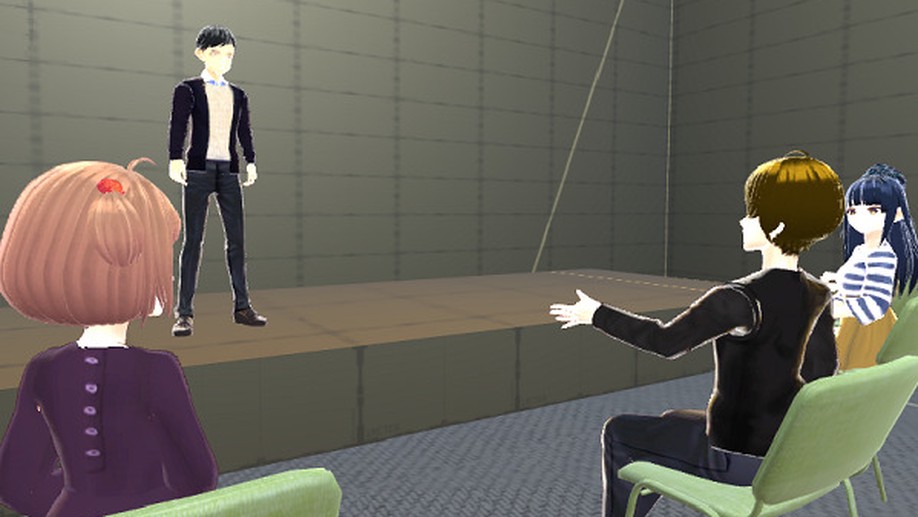When we read novels, watch movies, or play games, we immerse ourselves in the characters and experience their worlds. Similarly, when we work, play, or post on social media, we recognize our roles in each situation and behave as if we are playing those roles.
This research focuses on enhancing the sense of role-playing and creating mechanisms to bring out abilities appropriate to those roles. It can promote deeper immersion for players in live performances and games.








